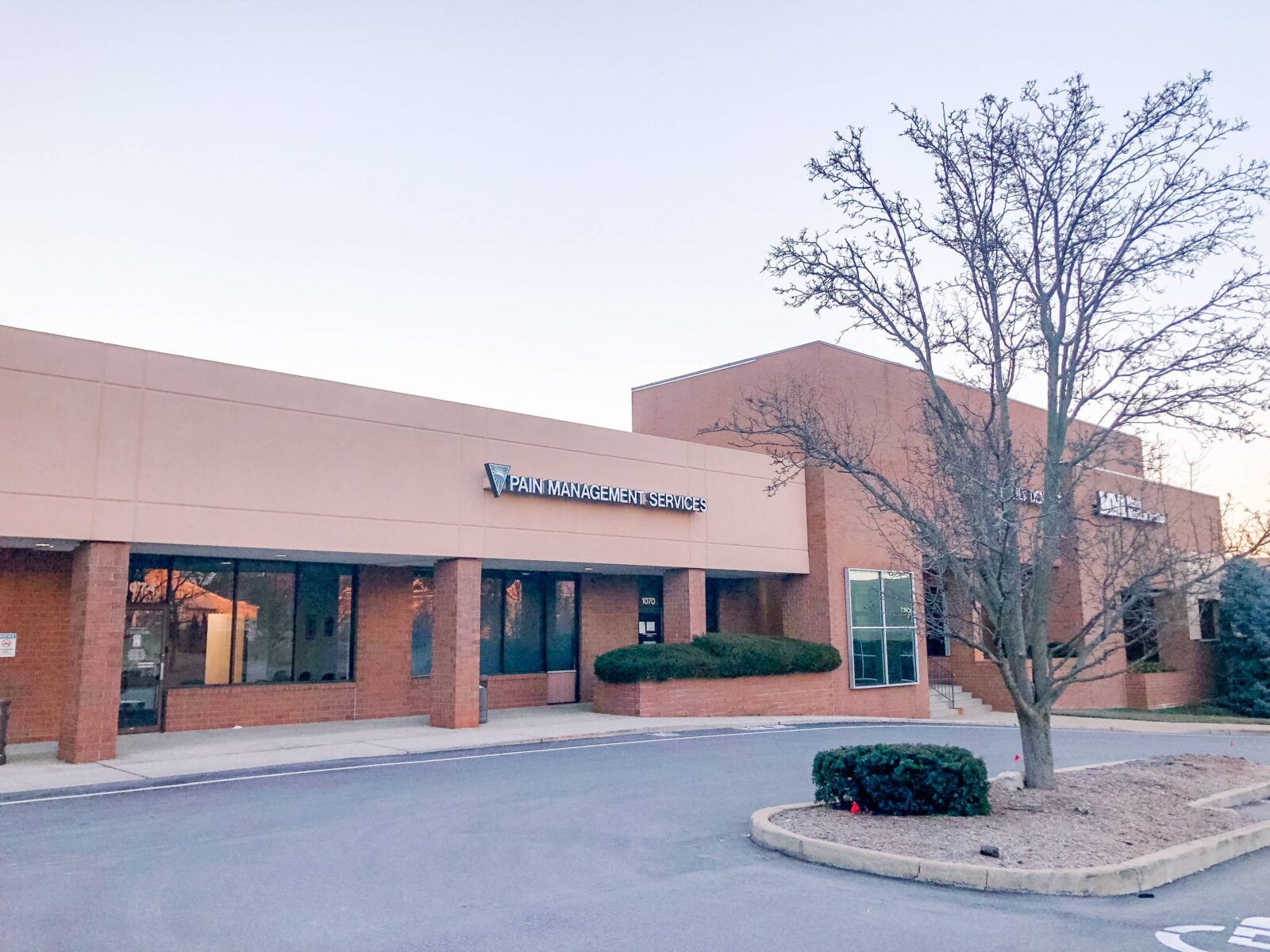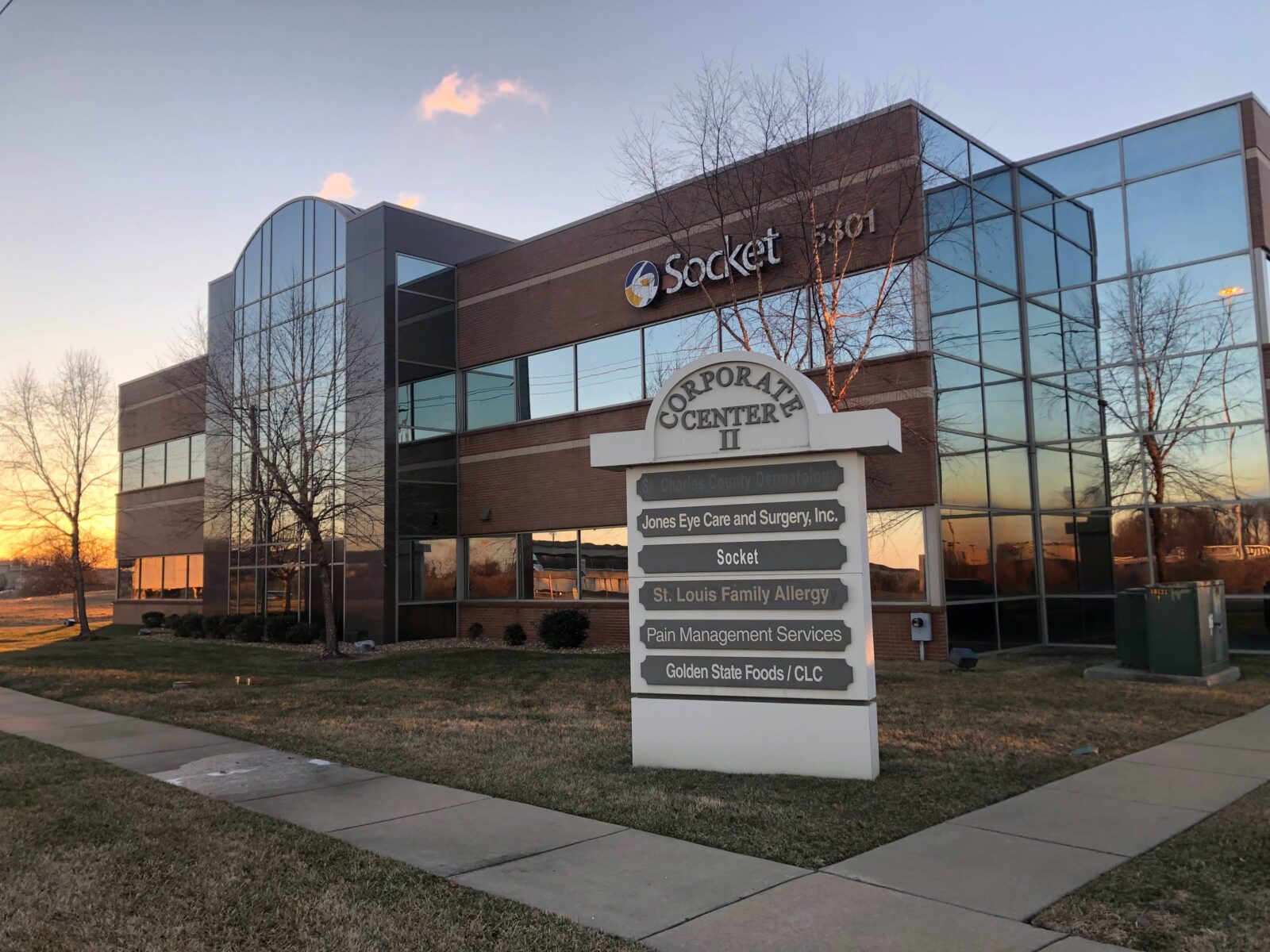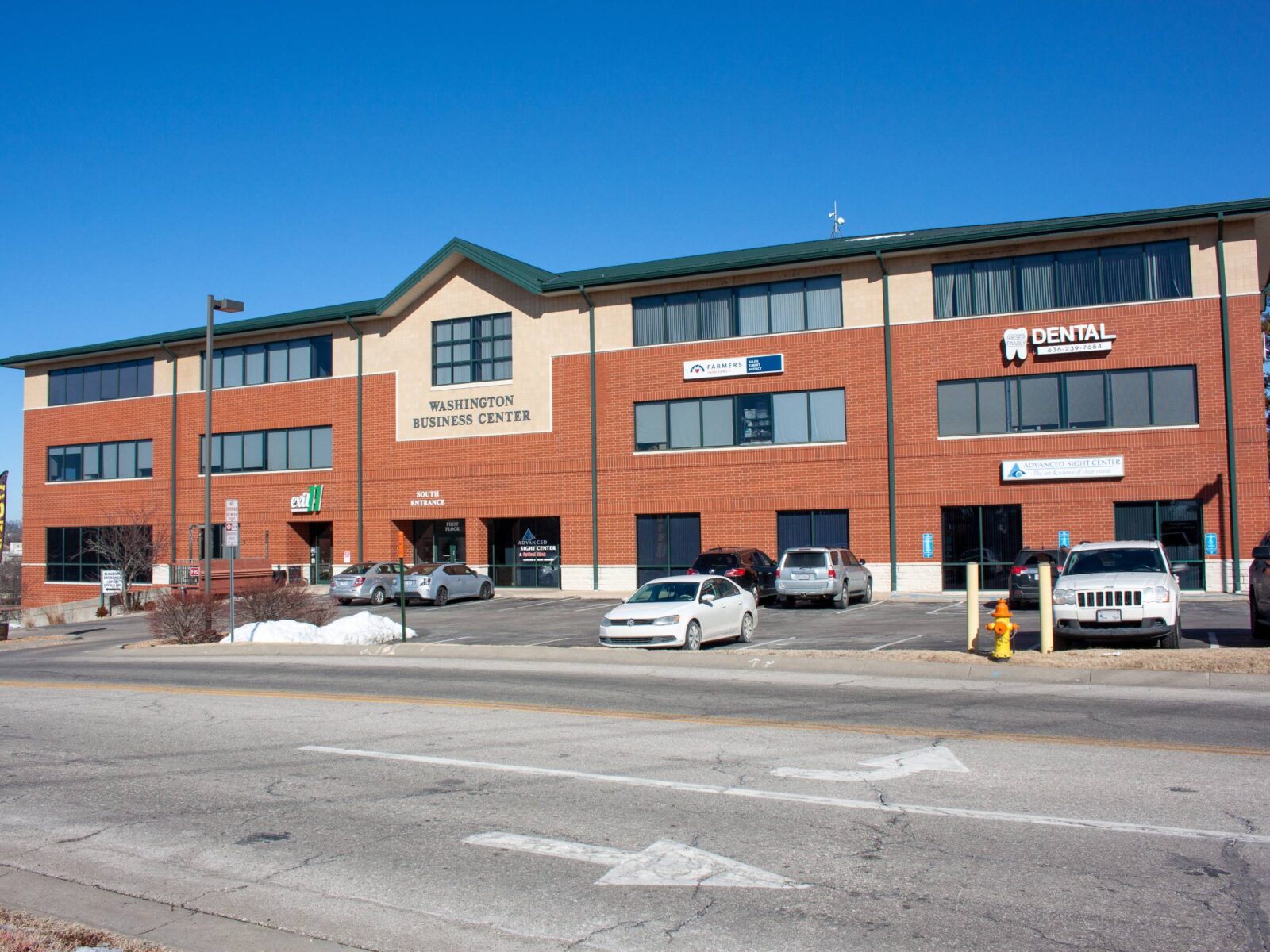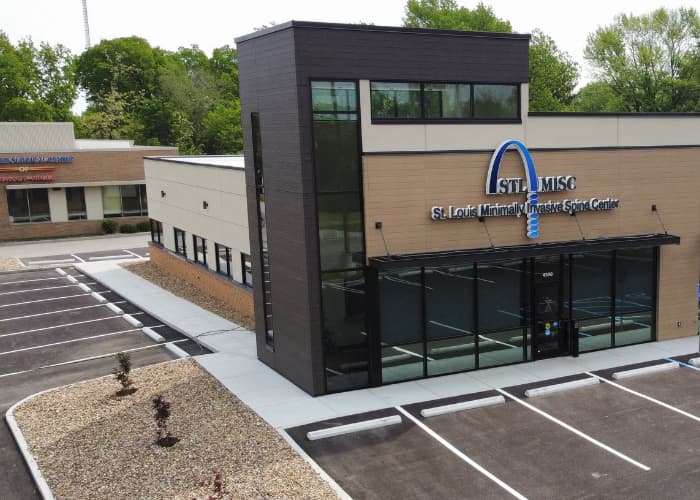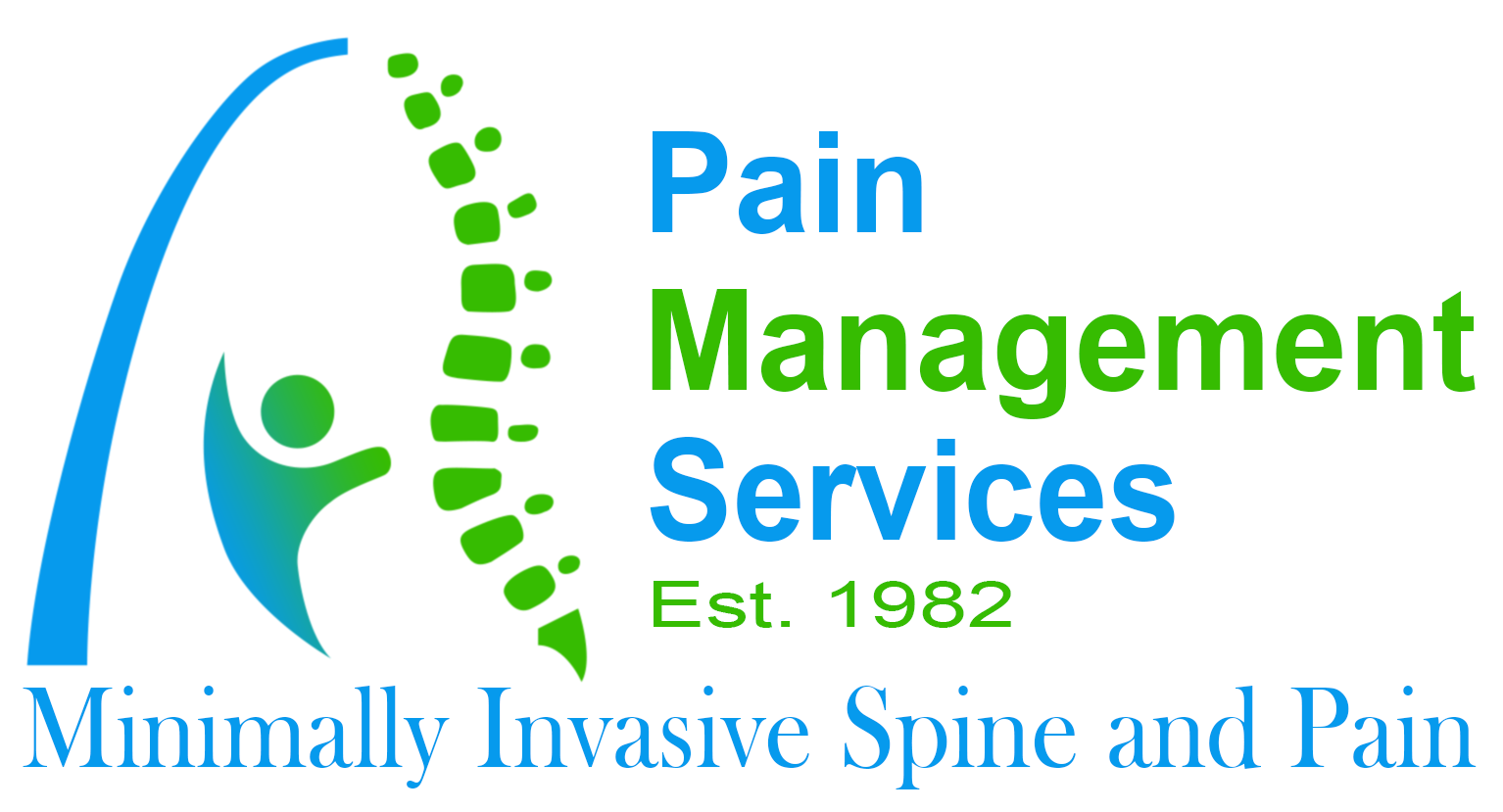Postherpetic neuralgia is persistent pain that develops after chickenpox (PHN). About 20% of people are predicted to develop this kind of nerve pain as a shingles complication. People who have experienced chickenpox (herpes zoster virus) are more likely to experience shingles in the future. PHN typically affects people 60 years of age and later. While there is no known treatment for PHN, there are many pain control techniques that can reduce symptoms. Fortunately, postherpetic neuralgia’s particular brand of discomfort gets better with time.
How Pain Management Can Help Relieve Shingles Pain
Damage to the nerves anatomical and functional integrity results from neuralgia. A stabbing or burning sensation that travels along the affected nerve may be experienced. Neuropathic pain develops inside the nervous system and is not brought on by an injury or exterior stimulus. When the herpes-varicella zoster virus reactivates as shingles, scar tissue develops next to nerves, putting strain on them and triggering pain receptors in the brain.
The nerve pain that follows shingles for many individuals is as painful as the shingles themselves. Here are a few methods for treating PHN:
- Medication: Postherpetic neuralgia can be less painful thanks to anti-seizure drugs like pregabalin (Lyrica) and gabapentin (Neurontin, Horizant). Some drugs can control the nervous system’s erratic electrical activity brought on by nerve injury. Some side effects include foggy thinking, fatigue, vertigo, and foot enlargement.
- Peripheral Nerve Stimulation: These are frequently used to address various neuropathic pain conditions. Along the affected peripheral nerves, electrodes are inserted under the epidermis. Doctors will conduct a test using a wire electrode before using this method to gauge the patient’s response. A weak electrical current is sent to the peripheral nerve after the sensors have been positioned above it. According to specialists, this electrical signal to the brain can deceive the brain into turning off the painful signal by stimulating a sensory pathway that doesn’t produce pain, providing relief to the patient.
- Shingles vaccine: The Shingrix vaccine is advised for those over 50 by the Centers for Disease Control and Prevention (CDC) to avoid shingles. It is given twice, two to six months apart.
- Painkillers: Some people may be given morphine, oxycodone, or tramadol-containing painkillers (Conzip, Ultram) if their pain is severe enough. Opioids can have drowsiness, constipation, and disorientation as side effects. The CDC advises against using opioids as a treatment because of the high risk of dependence and even mortality.
- Antidepressants: Antidepressants control the hormones and brain compounds norepinephrine and serotonin that impact how our bodies perceive pain. Nortriptyline (Pamelor), amitriptyline, desipramine (Norpramin), and duloxetine are a few of these tricyclic antidepressants (Cymbalta). Risk elements include exhaustion, dizziness, dry mouth, and weight increase.
Pain Management Services and Shingles Treatment
It would be best if you didn’t have to live with shingles pain. Our staff at Pain Management Services can guide you through shingles, and we can prevent them in most cases. Call Dr. Calvin Cajigal at (314) 821-8644 to schedule a consultation today! It’s never too early to prevent or treat shingles.






